The legend of coffee origin begins in Ethiopia
Ethiopia is widely considered to be the epicentre of where coffee came from. If you’ve ever googled “coffee history”, you will have come across the famous story of how coffee was discovered in Ethiopia by Kaldi, an Ethiopian goat herder, around 800 AD.
He wandered over to his goats to see them acting very strangely. They were energised and excited after eating some berries from a tree. So, he tried the berries himself, and after he too felt excitable and alert, Kaldi took these berries to a monk. The monks exclaimed that it was the work of the devil and threw the berries into the fire. In doing so, a beautiful, heavenly aroma was released and the berries were quickly raked from the fire and crushed into embers. Realising their mistake, the monks then placed the berries into a jug and covered them with hot water for preservation. The monks went on to drink this lovely new concoction, only to realise it helped them stay awake during nightly devotions and prayers. Of course, this is probably just a wonderful legend and the history of coffee is more likely to lie with the nomadic Oromo/Galla people of Ethiopia and northern Kenya.
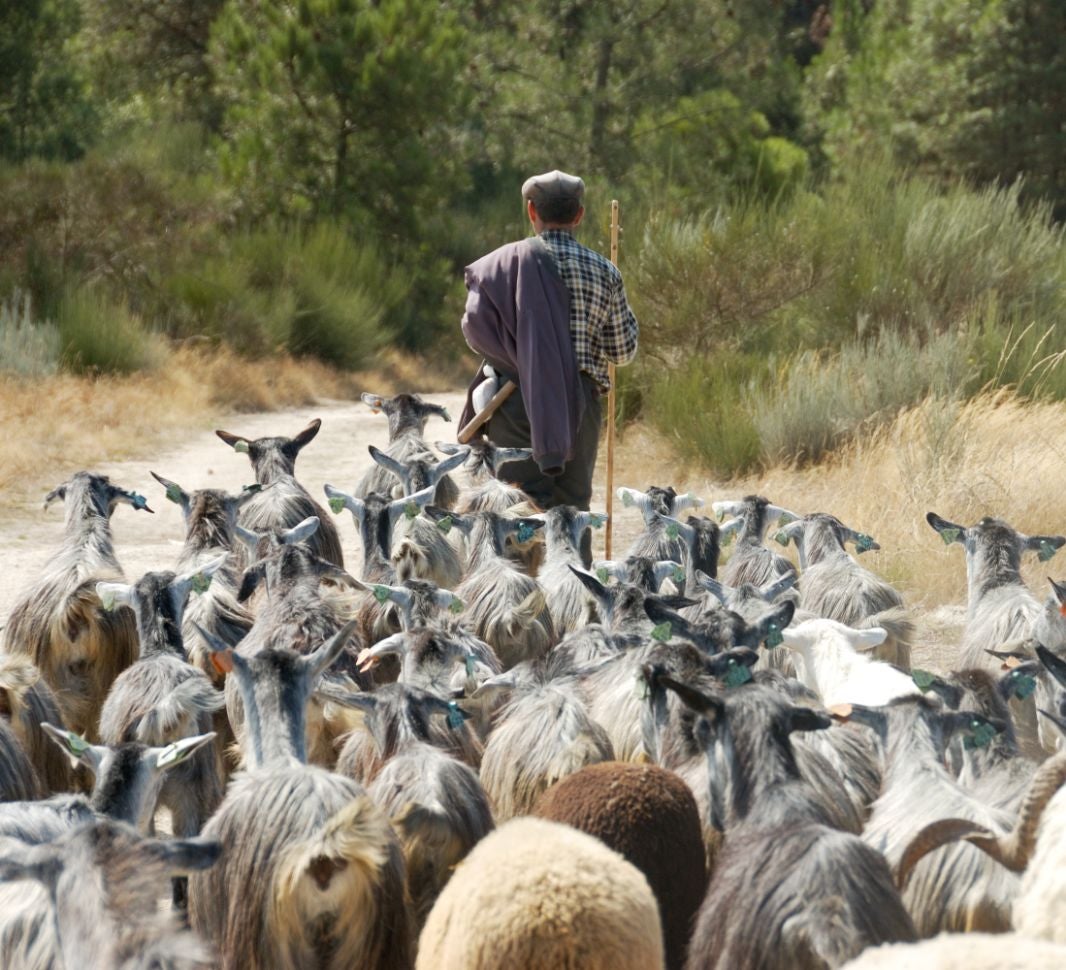
Or does coffee history begin in Yemen?
There are also a few well-known stories about Yemen’s contribution in the discovery of coffee. The most famous legend from Yemen about coffee origins has a slight twist on the Ethiopian story. A Yemenite Sufi mystic was traveling through Ethiopia on spiritual matters. He encountered some very energetic and enthusiastic birds that had been eating fruit off a plant, which is now known as the coffee plant. Exhausted from his journey, he decided to try these berries for himself and he found that they produced an energetic state in him as well. However, it’s largely believed that coffee beans were originally exported from Ethiopia to Yemen. Yemeni traders later brought coffee plants back to their homeland and began to grow them there.

The world’s first coffee house opened in 1475 in Constantinople, now known as Istanbul. Visitors engaged in conversation, gossiped and caught up on news while enjoying their favourite coffee.
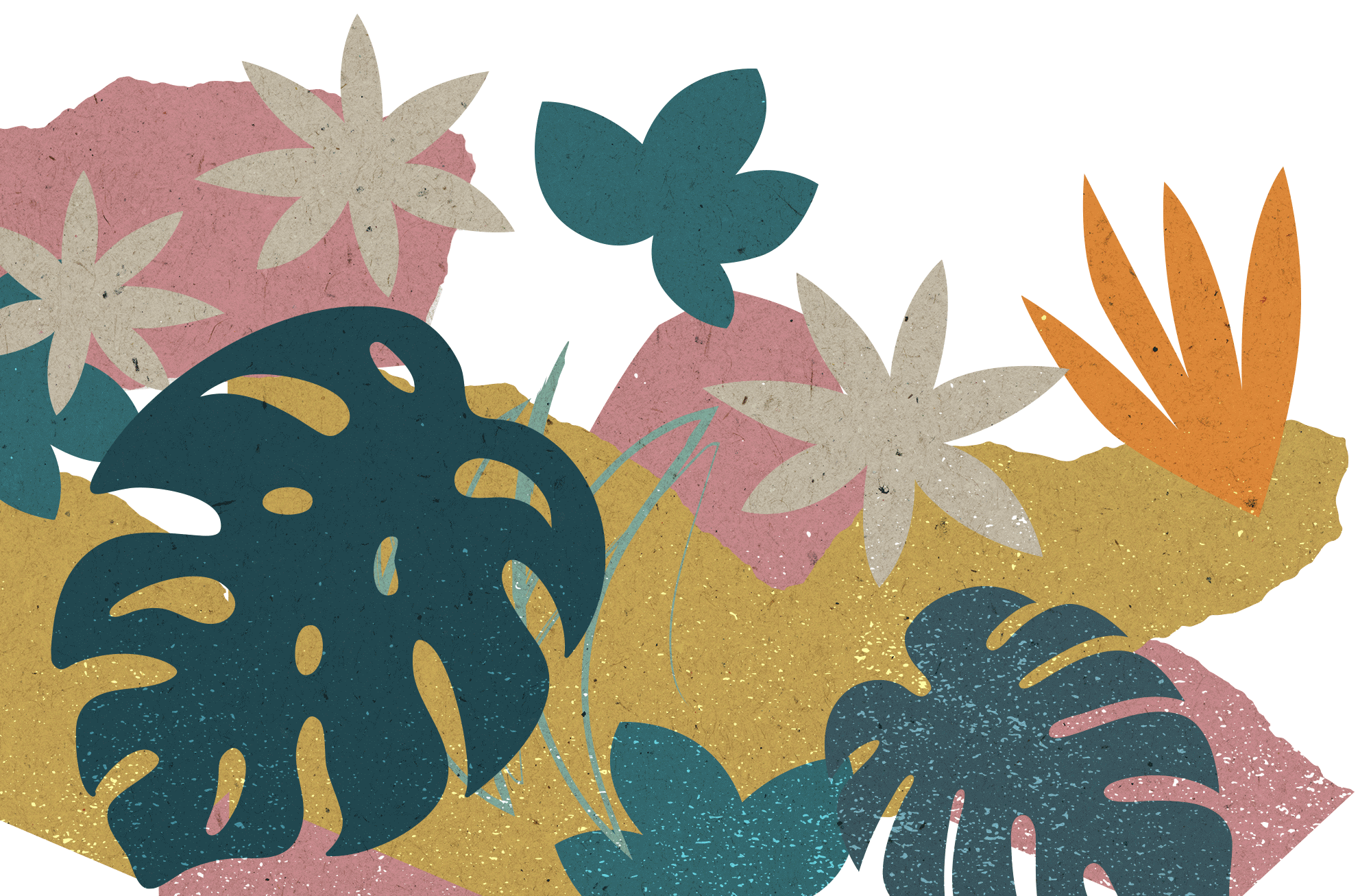
The word quickly spread
As it’s thought that coffee originated in Ethiopia, it’s also believed it made its way north across the red sea into Yemen in the 15th Century. It then started to be grown in the Yemeni district of Arabia, and by the 16th century it was known in Persia, Egypt, Syria, and Turkey. It was immensely popular for its qualities to help improve alertness and wakefulness, allowing people to devote more time to spiritual matters and praying.
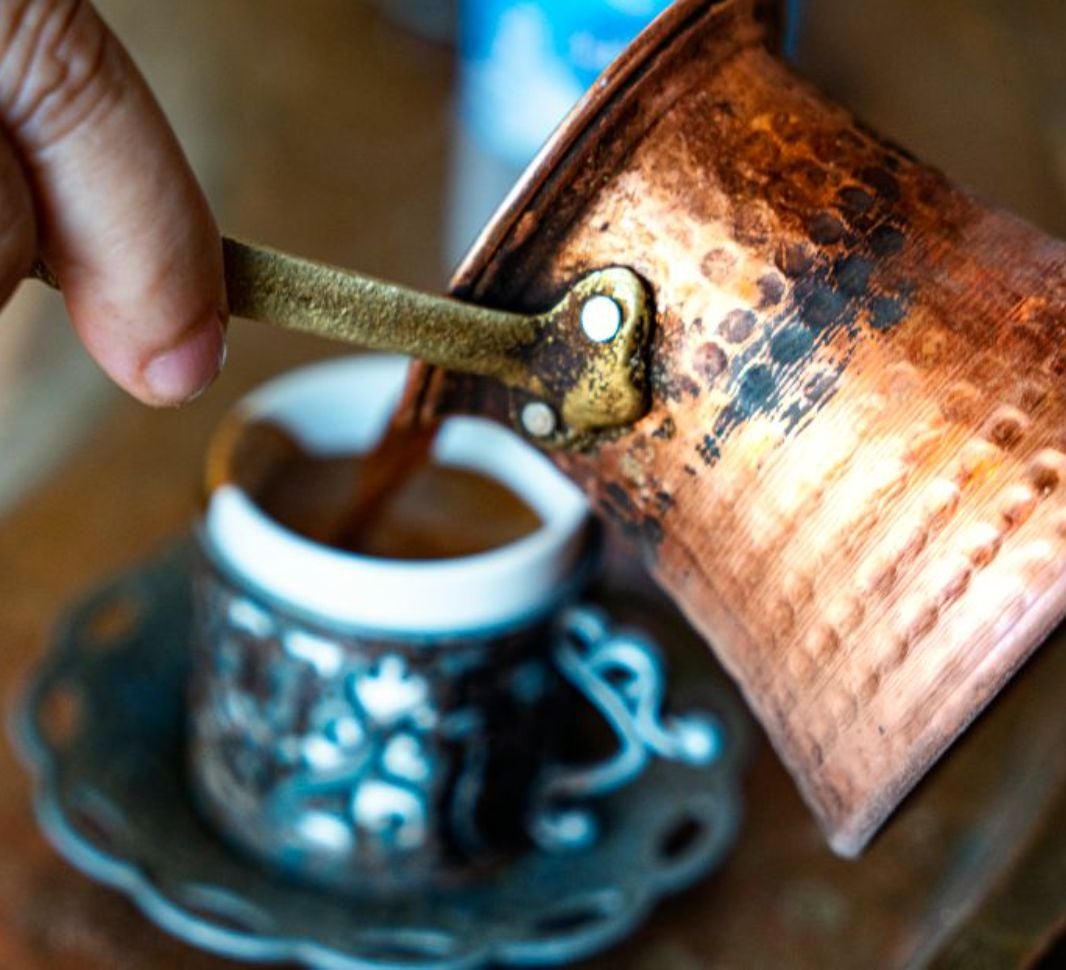
The world’s first coffee house
The world’s first coffee house was opened in Constantinople in 1475, now known as Istanbul. Coffee was drunk at home as part of the daily routine, as well as to show hospitality to guests. Outside of the home, people visited coffee houses to not only drink coffee but to engage in conversation, listen to music, watch performers, play chess, gossip and catch up on news. Without the modern technologies we have today, coffee houses quickly became the epicentre for exchanging and gathering information. They were often referred to as “Schools of the Wise”. And with thousands of pilgrims visiting Mecca each year from all over the world, knowledge of this “wine of Araby”, as it quickly became known, began to spread.

Over to Europe
Then the course of coffee history begins to change. This exotic beverage certainly caused a stir for European travellers who were filled with intrigue and fascination. So, by the 17th century, coffee had made its way to Europe and became increasingly popular across the continent.
European coffee history begins in Italy, where it was imported from the Ottoman Empire. In particular, Venetian merchants contributed to the widespread popularity of coffee in European regions and in 1645, the first ever European coffee house was opened in Venice. Drinking coffee became a great commodity, especially for wealthy people.
Through the Dutch East India Company and British East India Company, coffee also became very popular in England. The first coffee house in England opened in Oxford in 1651 and many others quickly followed, particularly in London. Coffee houses were strictly for men only, where they could discuss business and news, as well as socialise. It is said that many business ventures and ideas started in London coffee houses.
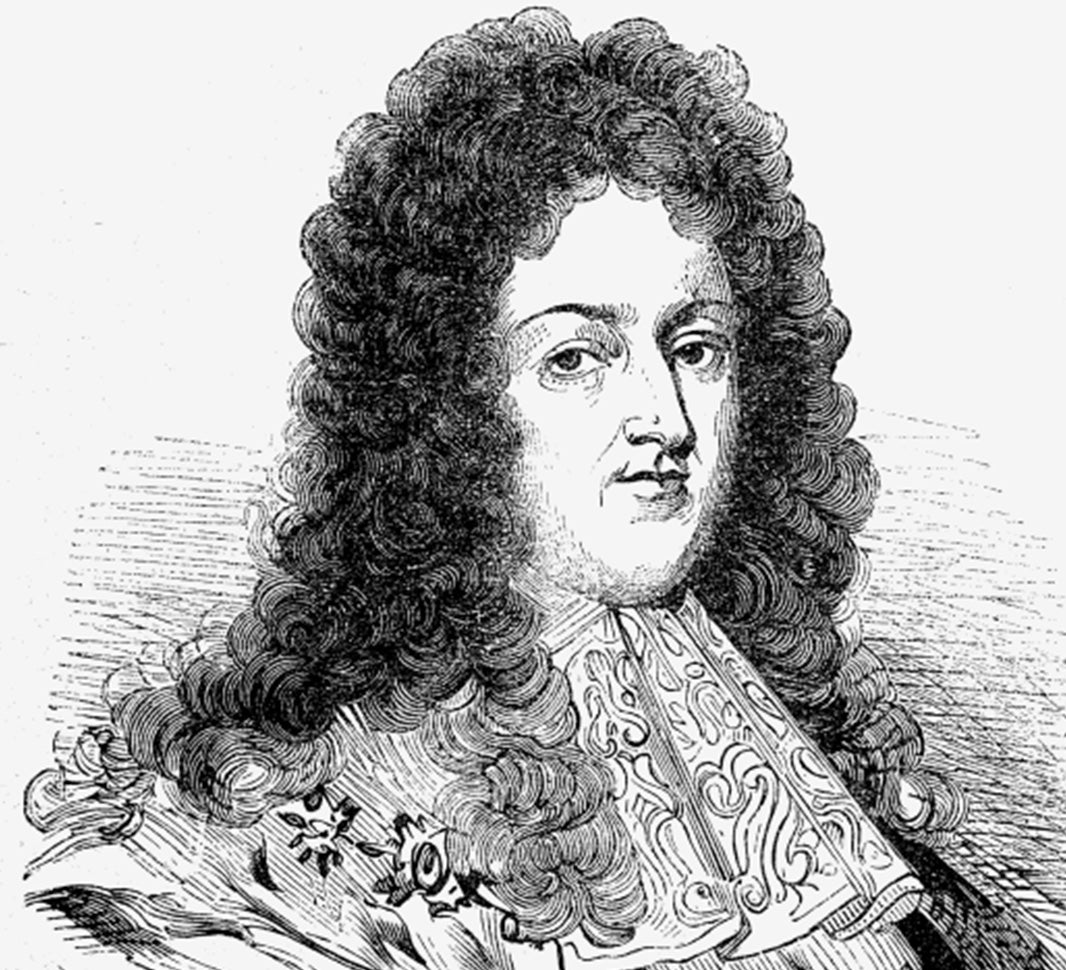
Coffee arrives in Paris
Coffee was then introduced to Paris, France in 1669 by Suleyman Aga, the ambassador to the court of King Louis XIV of France. He was armed with bags of coffee described as a “magical beverage”. Only two years later in 1671, an Armenian who went by the name Pascal, opened a coffee-drinking booth at the fair of St.-Germain. Visitors very quickly learned to look for the “petit noir" a name that still endures. This marked the beginning of Parisian coffee houses, which of course, inspired coffee houses to open across France.
Over the next 30 years, coffee became cultural staples in Austria, Germany, Spain, and the rest of Europe too. However, growing coffee in Europe was a struggle, due to its naturally colder climates. European traders would later start to grow coffee elsewhere.
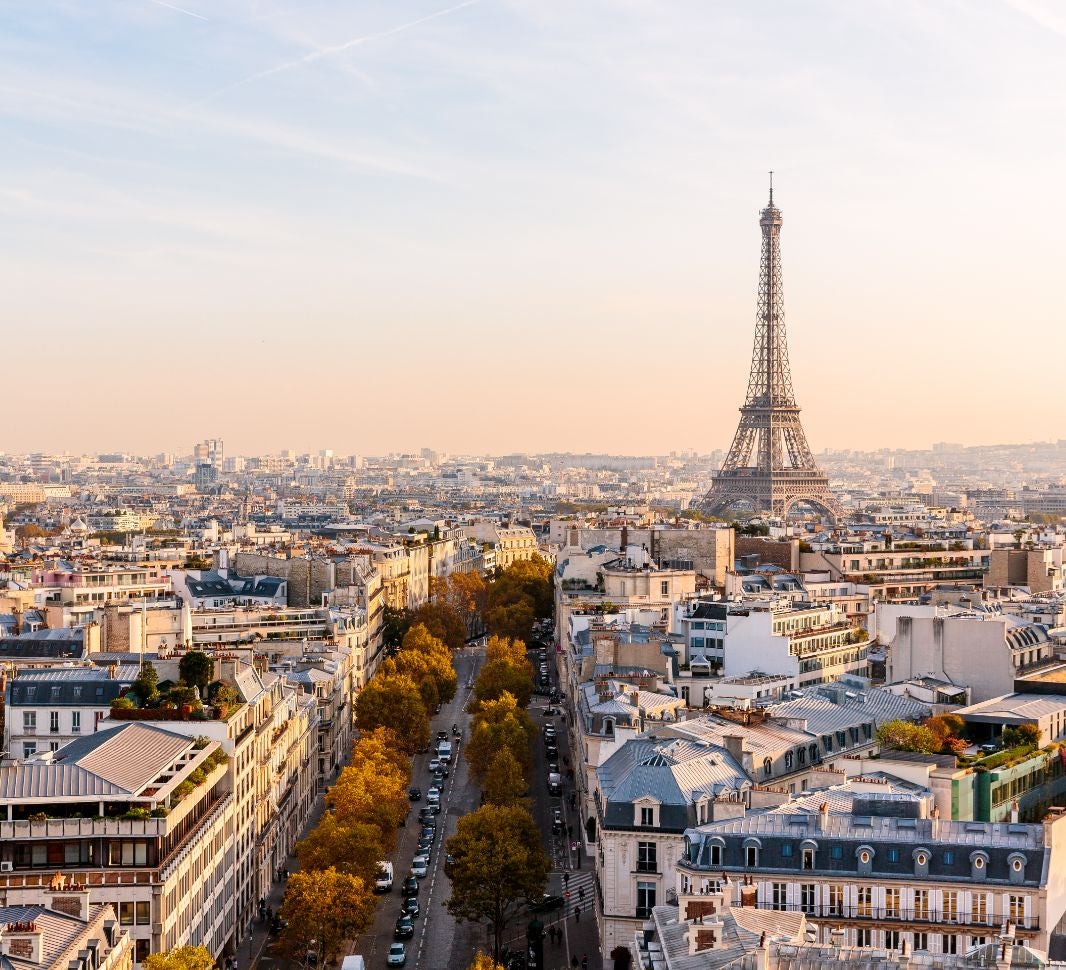
The growth of coffee popularity in Asia
By the 1600’s, most coffee beans came from Yemen. Coffee beans were under strict surveillance and those in power did everything they could to ensure fertile beans could not be grown elsewhere. However, Baba Budan, a Muslim pilgrim, was about to change the path of coffee history forever. He left Mecca to return to India in 1600, smuggling a handful of coffee beans. With the help of British colonisers, these would become the seeds of the world’s first commercial coffee industry outside of Africa and Arabia, which still produces coffee today.
Coffee was first introduced to Indonesia in the late 1600’s by Dutch traders, and over the next century it would make its way to dozens of Indonesia’s many islands, such as Sulawesi, Sumatra, Java, and Bali. For a short period, several Indonesian islands were among the top coffee producers in the world.
Around the 1800s, coffee was cultivated in Thailand, Vietnam, Cambodia and Laos by French colonisers. The Dutch were finally allowed to grow coffee in the latter half of the 17th century and were successful with their efforts on the island of Java, in what is now known as Indonesia. The plants thrived and the Dutch began to play a significant role in trading coffee.
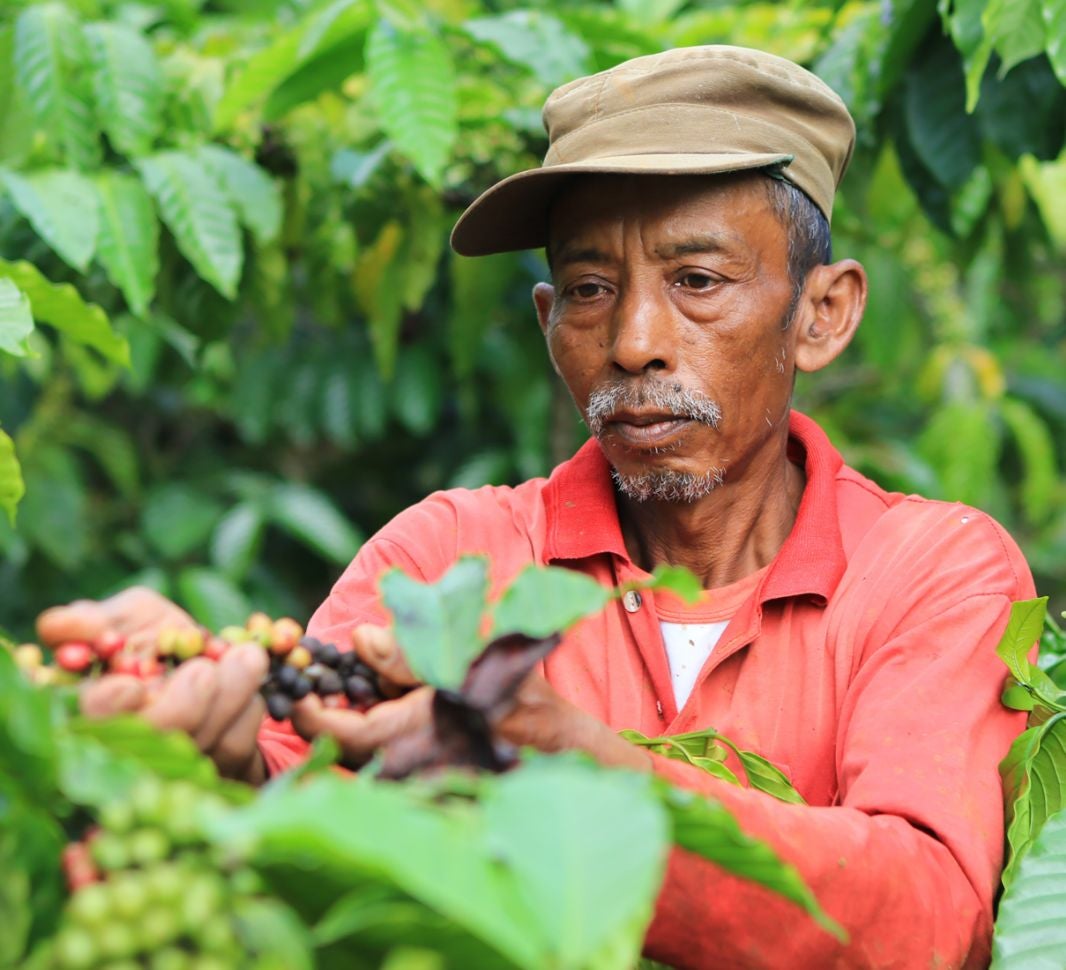
Crossing the Atlantic – coffee origins in the New World
The founder of the Colony of Virginia, Captain John Smith, introduced coffee to other settlers of Jamestown in 1607. However, it wasn't well received at first and tea was much more preferred. In 1670, Dorothy Jones became the first person to receive a license to sell coffee in Boston. By the mid-1700's, many taverns were also dubbed as coffeehouses, but tea was still the drink of choice. It was only when a rebellion against Great Britain caused all the tea to be thrown into the sea and it was considered unpatriotic to drink it any longer, that coffee became increasingly popular.
The New World's hot, tropical weather was seen as a new ideal for the cultivation of coffee, and coffee plantations quickly spread throughout Central America, with their first coffee harvest occurring in 1726. Latin American countries also have ideal coffee-growing conditions, with a good balance of sunshine and rain, high and humid temperatures, and rich soil. By the mid-18th century, Latin American countries emerged as some of the top coffee producers, clearing extensive tropical forests in preparation for plantations. Today, Brazil is the largest coffee producer in the world.
Now that we have explored coffee history briefly, why not discover the NESCAFÉ contribution to coffee?
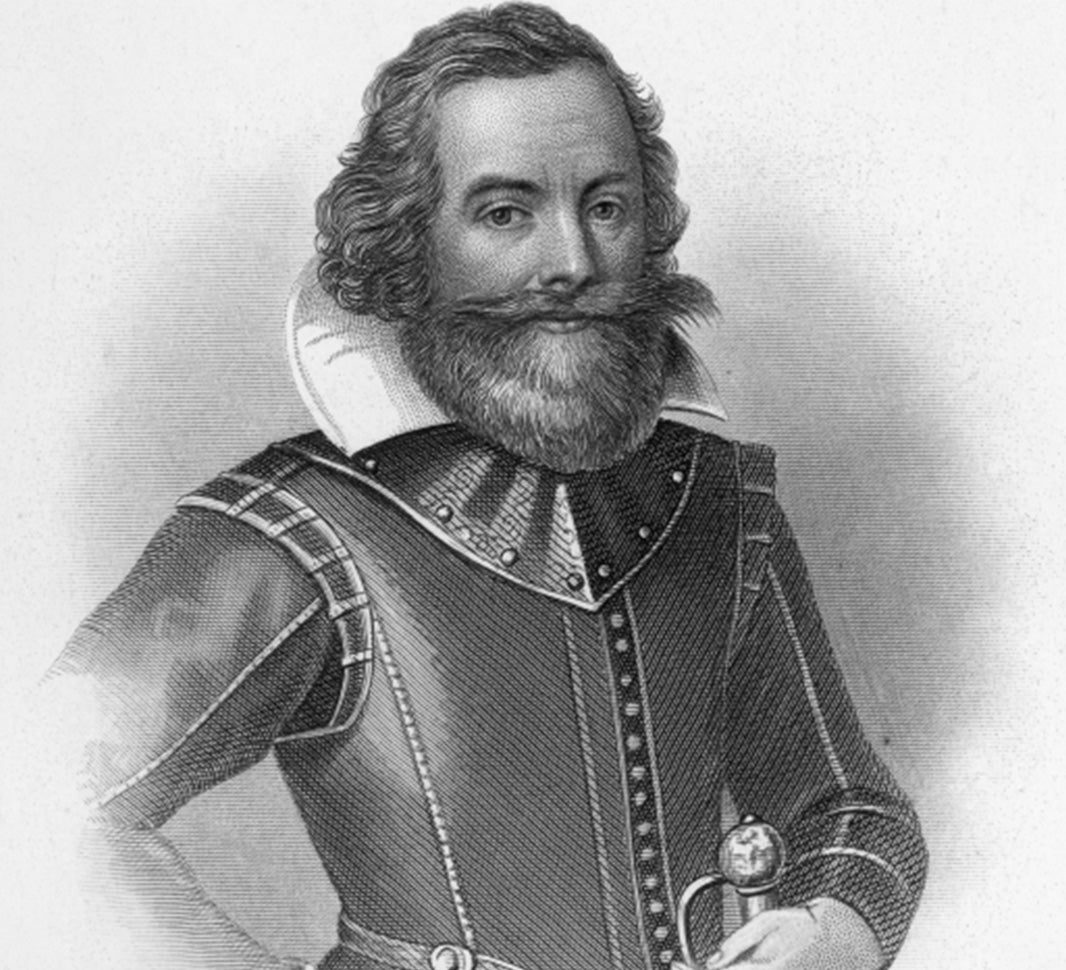
We hope you enjoyed learning more about the rich history of coffee, which continues to rejuvenate and inspire millions of people around the world every day. Looking for more coffee inspiration? Discover 16 coffee facts to liven up your day, or explore the world of coffee tasting.

Today’s community favourites




